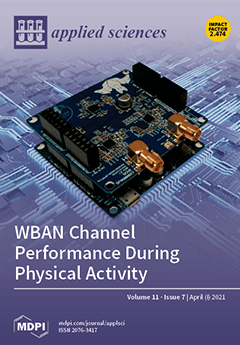The evolution of personalized medicine has changed the therapeutic strategy from classical chemotherapy and radiotherapy to a genetic modification targeted therapy, and although biopsy is the traditional method to genetically characterize lung cancer tumor, it is an invasive and painful procedure for the
[...] Read more.
The evolution of personalized medicine has changed the therapeutic strategy from classical chemotherapy and radiotherapy to a genetic modification targeted therapy, and although biopsy is the traditional method to genetically characterize lung cancer tumor, it is an invasive and painful procedure for the patient. Nodule image features extracted from computed tomography (CT) scans have been used to create machine learning models that predict gene mutation status in a noninvasive, fast, and easy-to-use manner. However, recent studies have shown that radiomic features extracted from an extended region of interest (ROI) beyond the tumor, might be more relevant to predict the mutation status in lung cancer, and consequently may be used to significantly decrease the mortality rate of patients battling this condition. In this work, we investigated the relation between image phenotypes and the mutation status of Epidermal Growth Factor Receptor (
EGFR), the most frequently mutated gene in lung cancer with several approved targeted-therapies, using radiomic features extracted from the lung containing the nodule. A variety of linear, nonlinear, and ensemble predictive classification models, along with several feature selection methods, were used to classify the binary outcome of wild-type or mutant
EGFR mutation status. The results show that a comprehensive approach using a ROI that included the lung with nodule can capture relevant information and successfully predict the
EGFR mutation status with increased performance compared to local nodule analyses. Linear Support Vector Machine, Elastic Net, and Logistic Regression, combined with the Principal Component Analysis feature selection method implemented with 70% of variance in the feature set, were the best-performing classifiers, reaching Area Under the Curve (AUC) values ranging from 0.725 to 0.737. This approach that exploits a holistic analysis indicates that information from more extensive regions of the lung containing the nodule allows a more complete lung cancer characterization and should be considered in future radiogenomic studies.
Full article





